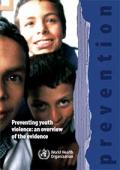Publications on Young People
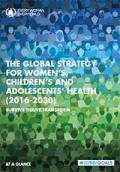
Resource | Publications,
The Global Strategy is intended to inspire political leaders and policy-makers to further accelerate their work to improve the health and well-being of women, children and adolescents. It is also intended as a guide to enable people and communities to drive change, claim their rights and hold leaders to account.
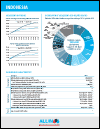
Resource | Fact Sheets,
Indonesia fact sheets on estimated number of adolescents living with HIV 2013. The fact sheets provide information on adolescent HIV trends, distribution of adolescent AIDS-related deaths, HIV treatment for adolescents, adolescent knowledge, testing and behavior related to HIV and adolescent key population.
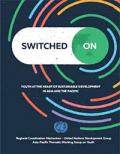
Resource | Publications,
This report was produced for three main reasons: First and foremost to raise awareness of the importance of youth-related, evidence-based and strategic participatory policy-making, planning and programming. Second, to highlight the current status, challenges and opportunities for the youth of Asia and the Pacific. Third, to support the understanding and practical responses — by governments, civil society, the private sector, academia and other stakeholders — of the position and promise of youth in the region.
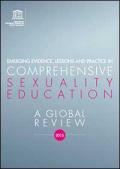
Resource | Publications,
This report provides an overview of the status of Comprehensive Sexuality Education (CSE) implementation and coverage on a global level, drawing on specific information about the status of CSE in 48 countries, generated through analysis of existing resources and studies. Best practice in terms of providing CSE continues to develop.

Resource | Publications,
Youth LEAD‘s report, "Our Rights Matter Too: Sexual and Reproductive Health and Rights of Young Key Populations in Asia and the Pacific", provides an overview of the sexual and reproductive health and rights (SRHR) needs, issues, and priorities of young key populations (YKP) in Asia and the Pacific. The report addresses the gaps in knowledge on the SRHR needs of #YKP in the region, offers recommendations based on a regional study, and contributes essential information for policy and advocacy efforts.

Resource | Publications,
Each year, millions of women and children die from preventable causes. These are not mere statistics. They are people with names and faces. Their suffering is unacceptable in the 21st century. We must, therefore, do more for the newborn who succumbs to infection for want of a simple injection, and for the young boy who will never reach his full potential because of malnutrition. We must do more for the teenage girl facing an unwanted pregnancy; for the married woman who has found she is infected with the HIV virus; and for the mother who faces complications in childbirth.

Resource | Fact Sheets,
To end the AIDS epidemic by 2030, specific—yet flexible—strategies are needed for different age groups, populations and geographical locations. Ending the epidemic among adolescents requires amplifying investments where they can make the most difference and fostering innovation by adolescents and youth themselves, as well as governments, international organizations, civil society and the private sector.






